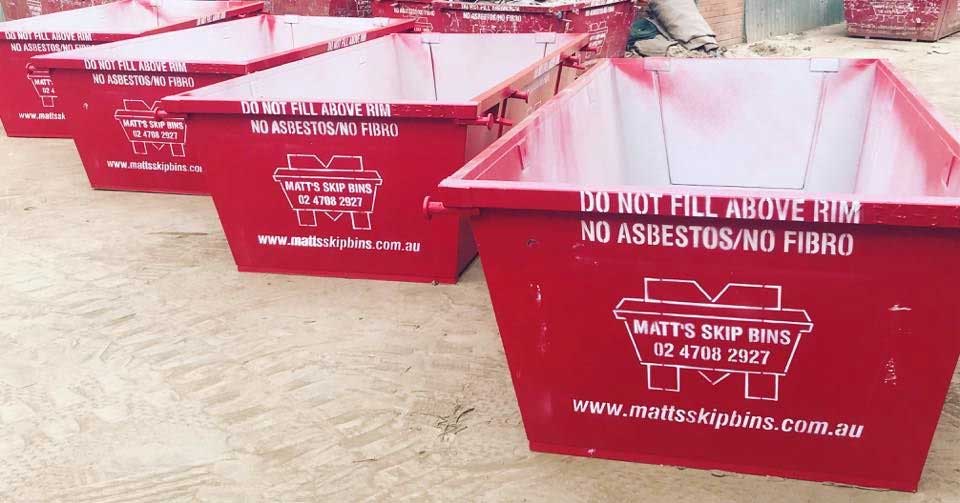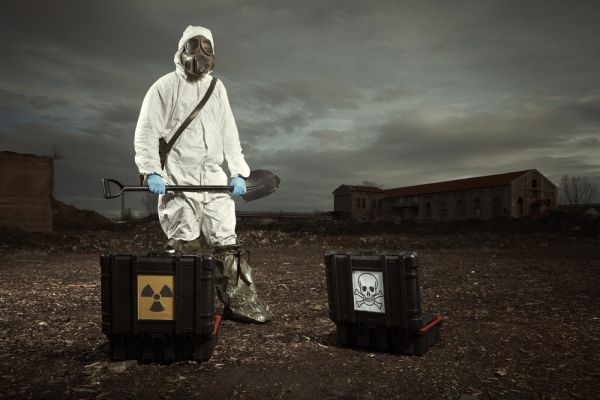13 Jun • 2 min Read Smart Disposal of Hazardous Waste
Hazardous waste includes liquid and solid materials that are hazardous or potentially harmful to human health and the environment. “Hazard” can relate to the substance itself or even the activities surrounding the waste, such as generation, transport, storage, treatment and disposal.
When it comes to hazardous waste, you want to make sure that you are correctly disposing of it and avoiding any harm to yourself, to others, and to the environment.
What is hazardous waste?
According to the Department of Environment and Energy, hazardous waste can be described as waste that has any of the following characteristics:
- Explosive
- Flammable Liquids/Solids
- Poisonous
- Toxic
- Ecotoxic
- Infectious Substances
They are also described as waste that falls into any of the following categories, unless they do not happen to have the characteristics above:
-
- Clinical wastes;
- Waste oils/water, hydrocarbons/water mixtures, emulsions;
- Wastes from the production, formulation and use of resins, latex, plasticisers, glues/adhesives;
- Wastes resulting from surface treatment of metals and plastics;
- Residues arising from industrial waste disposal operations; and
- Wastes which contains certain compounds such as copper, zinc, cadmium, mercury, lead and asbestos.
Hazardous waste can also be household waste or residue arising from the incineration of household waste.
Disposing of household hazardous wastes
Whether you’re cleaning up your home or constructing a new room, you need to be careful about the waste that you produce, especially if it is considered hazardous. If you are hiring skip bins to store and transport your waste, make sure you sort your waste into different types so that you can dispose of each category of waste responsibly.
Hazardous waste often needs to be tracked as it is transported to a facility for immobilisation or restoration. There is a long list of different types of waste that is required by law to be tracked, which you can read about on the Environmental Protection Authority’s page.
The EPA dictates that you must do the following to track and transport hazardous waste:
- Determine whether the waste to be transported requires tracking.
- Apply for access to the Online Waste Tracking system.
- Obtain prior approval to transport the waste in the form of a consignment authorisation (CA) issued by a person authorised to do so.
- Create a transport certificate (TC), which must accompany the waste while it is being transported.
- Complete the TC when the waste has arrived and been processed by the receiving facility.
- Report any non-compliance to the Environment Protection Authority (EPA).
To learn more about the proper disposal of hazardous waste in a skip, please don’t hesitate to contact Matt’s Skip Bins with any questions. We make the process of rubbish disposal simple. Call us today on 02 4708 2927 or book one of our bins online.



